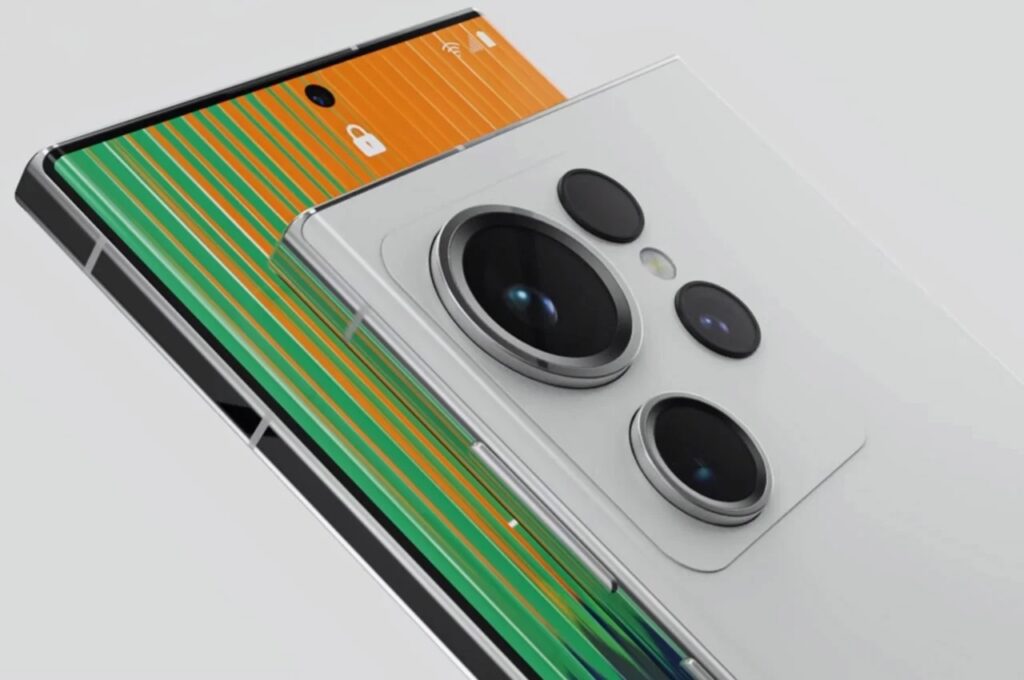
Samsung’s tradition of reusing hardware in its flagship smartphones continues with the Galaxy S26 Ultra, as reports reveal the new model will feature a zoom sensor unchanged from its predecessors. The Galaxy S26 Ultra is expected to include a 50MP camera with a 5x optical zoom, similar to the Galaxy S25 Ultra and Galaxy S24 Ultra. However, the addition of a variable aperture lens could potentially enhance the device’s photographic capabilities.
The announcement comes as Samsung faces increasing competition in the high-end smartphone market, where camera performance is a key differentiator. According to a report from GalaxyClub, the Galaxy S26 Ultra will rely heavily on software enhancements to improve image quality, a strategy Samsung has employed in previous models. Despite the unchanged hardware, the company aims to leverage newer computational techniques to deliver superior photography and videography experiences.
Camera Specifications: A Closer Look
The Galaxy S26 Ultra’s camera specifications have been a topic of much speculation. The report indicates that one of the zoom-capable cameras will feature a maximum resolution of 50MP and a 5x lossless lens, mirroring the setup found in the Galaxy S25 Ultra. This decision suggests Samsung is focusing on refining its software algorithms to extract better performance from existing hardware.
Interestingly, the Galaxy S25 Edge, which lacks a dedicated telephoto lens, has been noted for producing higher-quality images at 4x zoom compared to the Galaxy S25 Ultra. This improvement is attributed to software advancements, hinting that similar enhancements could be applied to the Galaxy S26 Ultra.
Variable Aperture: A Game-Changer?
While the hardware may seem familiar, the reintroduction of a variable aperture lens on the Galaxy S26 Ultra could be a significant development. This technology allows the camera to adjust its aperture size, optimizing light intake and depth of field for various shooting conditions. Although the report does not detail specific upgrades, the potential for improved low-light performance and creative flexibility is promising.
Samsung’s decision to maintain the 200MP primary camera from previous models suggests a strategic focus on consistency and reliability. This approach aligns with the company’s broader strategy of enhancing user experience through software innovation rather than radical hardware changes.
Battery and Other Internals
Beyond the camera, the Galaxy S26 Ultra is expected to house a 5,000mAh battery, maintaining the capacity seen in the Galaxy S20 Ultra. This consistency in battery performance indicates Samsung’s confidence in its power management technologies, ensuring users can enjoy extended usage without frequent recharging.
The move represents a cautious approach to hardware upgrades, reflecting a balance between innovation and practicality. As the official launch is still several months away, Samsung has ample time to fine-tune its software and potentially introduce additional features that could sway consumer opinions.
Market Implications and Future Prospects
The Galaxy S26 Ultra’s specifications highlight Samsung’s strategic focus on leveraging software to enhance user experience. This approach is particularly significant in a market where incremental hardware improvements are becoming less impactful. By prioritizing computational photography and variable aperture technology, Samsung aims to differentiate its flagship model in a crowded marketplace.
According to industry experts, the success of the Galaxy S26 Ultra will depend largely on its ability to deliver tangible improvements in real-world scenarios. As smartphone users increasingly demand high-quality photography and videography, Samsung’s emphasis on software-driven enhancements could prove to be a winning formula.
Meanwhile, competitors continue to push the boundaries of smartphone technology, with innovations in areas such as AI-driven photography and advanced sensor technology. Samsung’s ability to stay competitive will require a careful balance of hardware reliability and software ingenuity.
As the launch date approaches, consumers and industry watchers alike will be keen to see how the Galaxy S26 Ultra performs in practice. While some aspects of the new model may seem discouraging for an upgrade, the potential for software-driven advancements offers a compelling reason for optimism.
The next few months will be crucial for Samsung as it prepares to unveil its latest flagship. The company’s ability to deliver on its promises will be key to maintaining its position as a leader in the global smartphone market.







